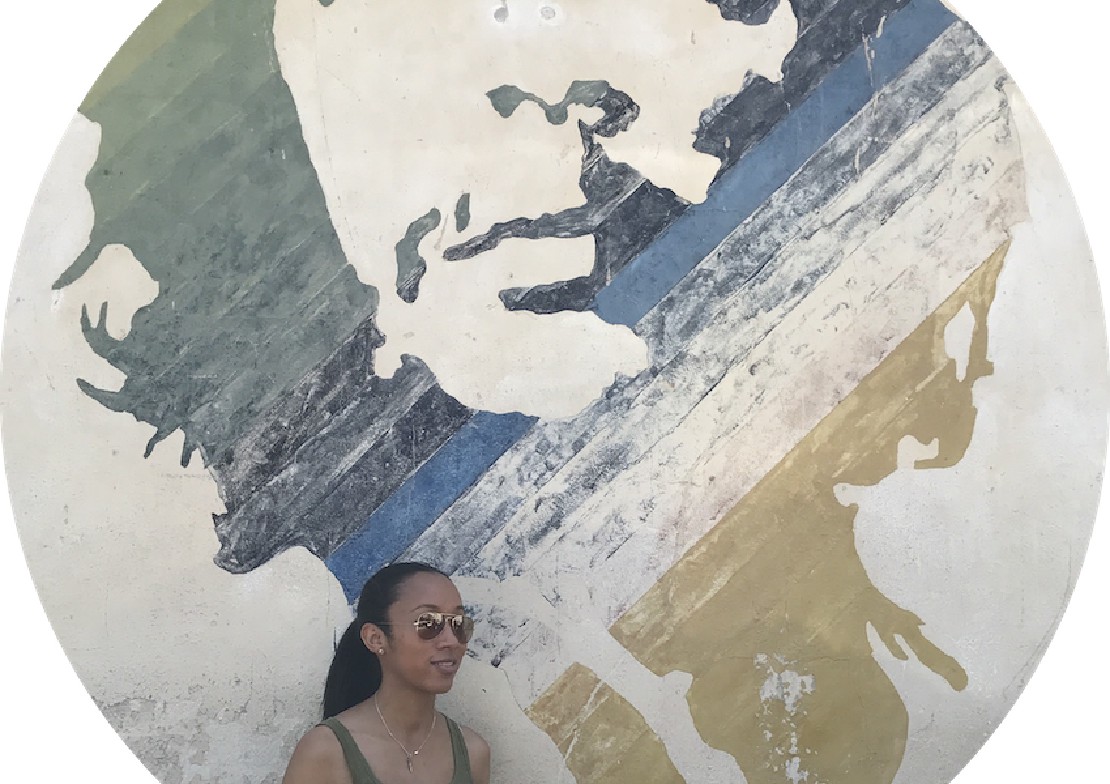I struggled to find something to write about this time around. Well, not really. There’s loads to write about. But I have standards. Mainly it’s that it’s gotta be different and ideally entertaining.
But here I am, 3 weeks later and definitely feeling the pressure to share something. There’s so much history here and it’s hard to talk about something today without acknowledging the past (it’s a little like Inception).
So let’s start from the beginning shall we:
A loooong time ago: I’ve already told you that South Africa contains some of the oldest archaelogical and human fossil sites in the world. For those interested, the first early ape-form species to be classified as hominin (Australopithecus Africanus) was found here and is dated around 3 million years old. A whole bunch of homosapiens came after but I’ll leave that for the pros to research. (Sidenote: I highly recommend Sapiens: A Brief History of Humankind. I promise it will be awesome.)
Between a long time ago and 4th century CE: Maybe some day we’ll find out what exactly happened here. Our ancestors probably wouldn’t have made good texters. It’d be like “Babe, your texts are like always ‘oic’. Talk to me!”
I digress…
5th century CE-ish: Fast forwarding a few bajillion years we find the Bantu-speaking people (Zulu herdsmen originally from West Africa) moving further south and conquering the native Khoi (pastoral) and San (bushmen).
Some believe Adam’s Calendar or “Africa’s Stonehenge” was also created around this time. With a diameter of 100 feet, the stones were placed in alignment with Orion’s Belt and it’s believed to be older than the Great Pyramids. Snap.
Late 1400s: Bartolomeu Dias (Portuguese) sees the Cabo das Tormentas or Cape of Storms for the first time upon his return from Groot River on the eastern coast of South Africa. The king of Portugal, who clearly was in better spirits from not having been on a ship for weeks, eventually renamed it the Cape of Good Hope.
Mid 1600s: Enter the Dutch colonizers! After 2 employees of the Dutch East India Company were shipwrecked in Cape Town and of course taken care of by the locals for several months, it was decided that it would be the perfect ‘warehouse and garden’ (read: “colony”) for passing Dutch ships. Former company employees started moving down along with slaves brought in from Indonesia, Madagascar and parts of eastern Africa. (Note: The slaves clearly did not ‘move down’.) The former employees also began to expand and clash with the incoming Xhosa tribes, launching a series of violent episodes.
Late 1700s: Not being ones to be left out, the Brits came and occupied Cape Town in 1795 and again in 1803. After the Napoleonic Wars it was formally given over to the British Empire. Naturally, the Dutch weren’t having this colonization so they began to migrate north and create their own republics.
Late 1800s: All was good by back in the day standards until gold was discovered. The British, of course, now wanted to exert more control over the indigenous Xhosa and Zulu tribes (which had since grown in power) and the Dutch in the north wanted their piece of the pie. There was fighting all around.
Then the British got a fantastic idea (actually technically provided by Canada):
“Maybe, just maybe it would be better if we created a federation of states from all around South Africa.”
Yes, the bright idea was to take over more territory. Wait for it…
“There was fighting all around.”
On the first occasion though, the Battle of Isandlwana, the Zulu’s dominated the British. 20,000 Zulu’s with spears and cow hide shields met 1,800 British soldiers with muskets and rifles. Later, Cetshawayo, the King of the Zulus, gave up a chance for a Zulu counter-attack as the British retreated since he was hoping for peace not humiliation. Unfortunately, the British ego was all bruised so they decided to restore their pride with a larger attack.
(Cetshawayo was eventually exiled to London where he got public sympathy for his gentle manner.)
Early 1900s: The British eventually won and created the Union of South Africa (British Cape Town + Dutch republics + British Natal) in 1910.
Then in 1913 the ???? started to stink (I made that up) when the Natives’ Land Act began to restrict the land ownership for blacks.
Things then got a bit worse (is that even possible?) before they got better. But that’s for next time…
In the meantime, I hope you noted all the nationalities I mentioned.
Resources:
Cape Town Free Walking Tours
